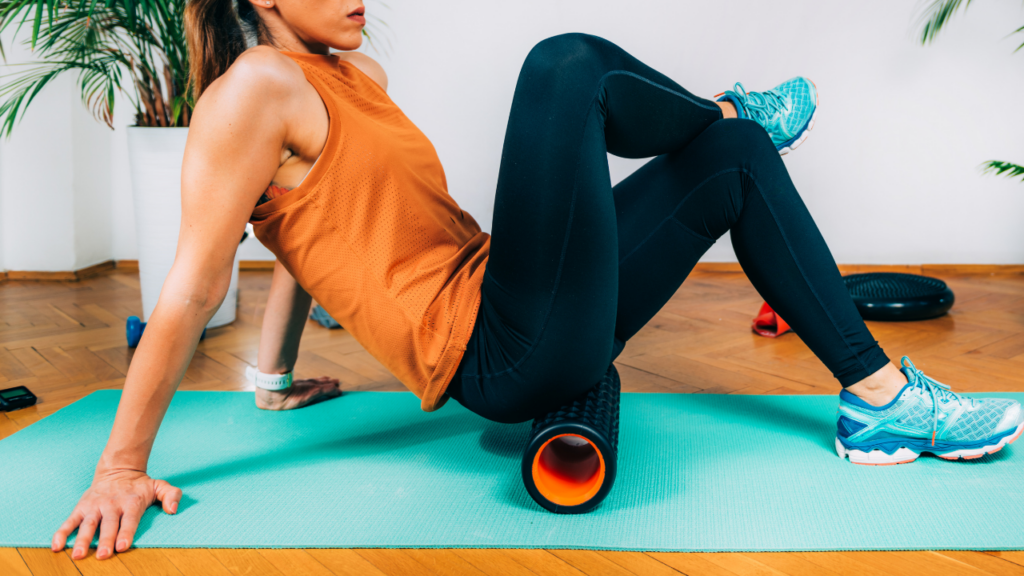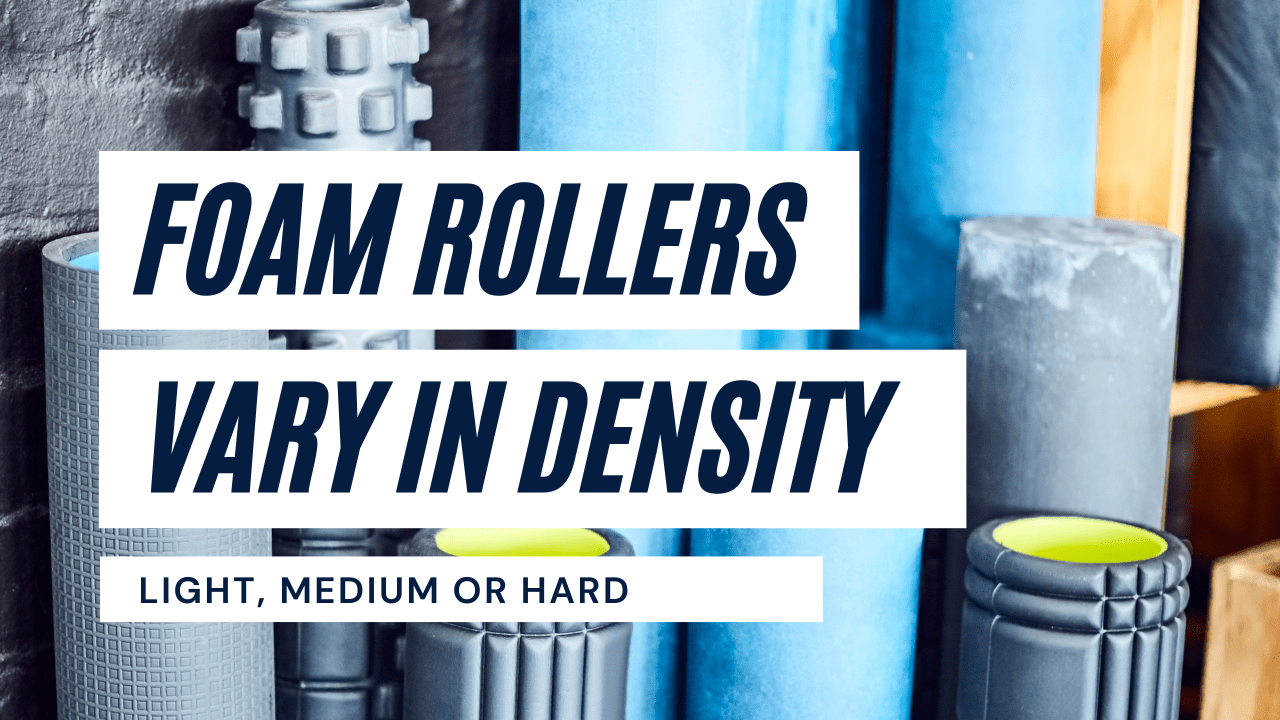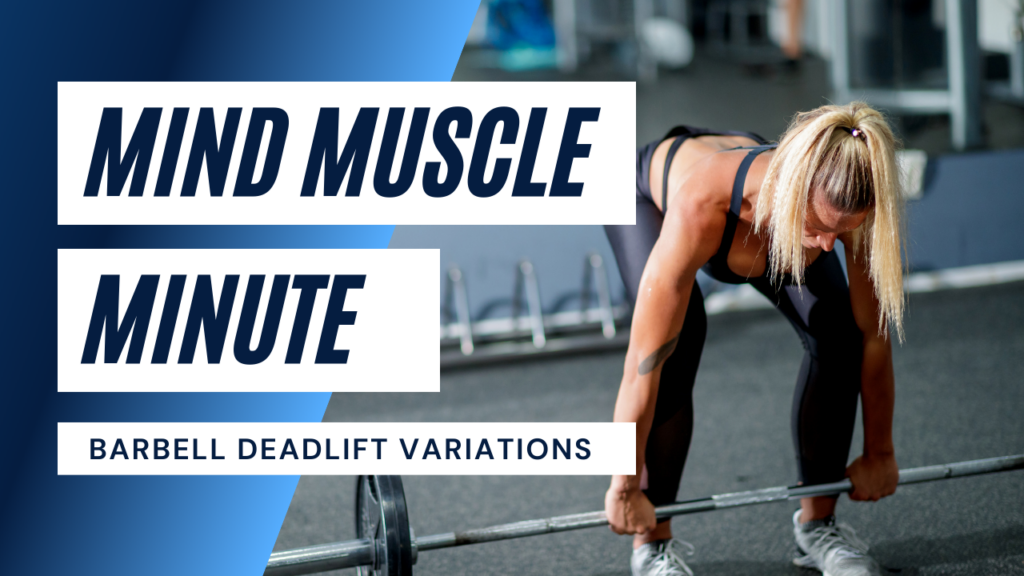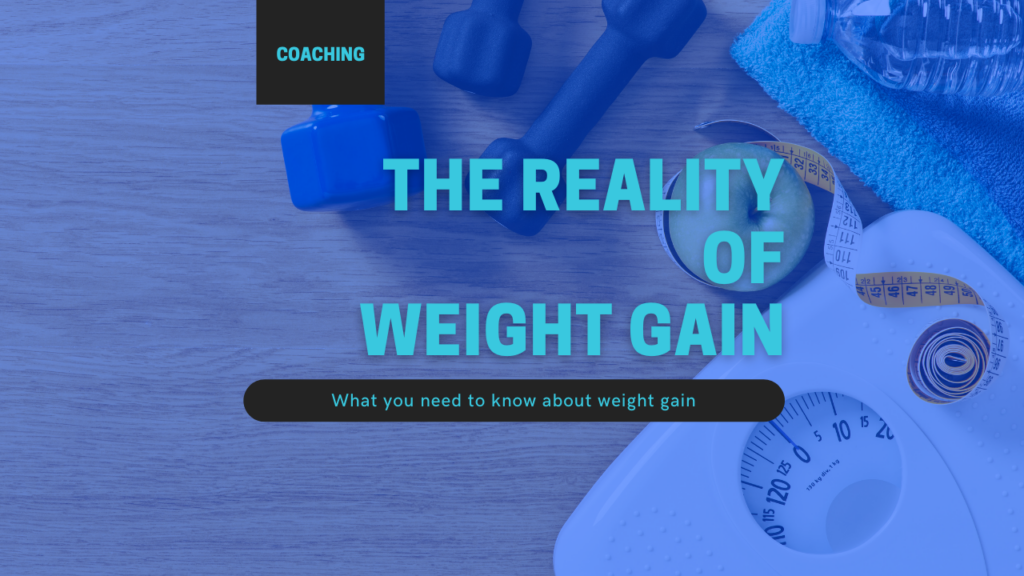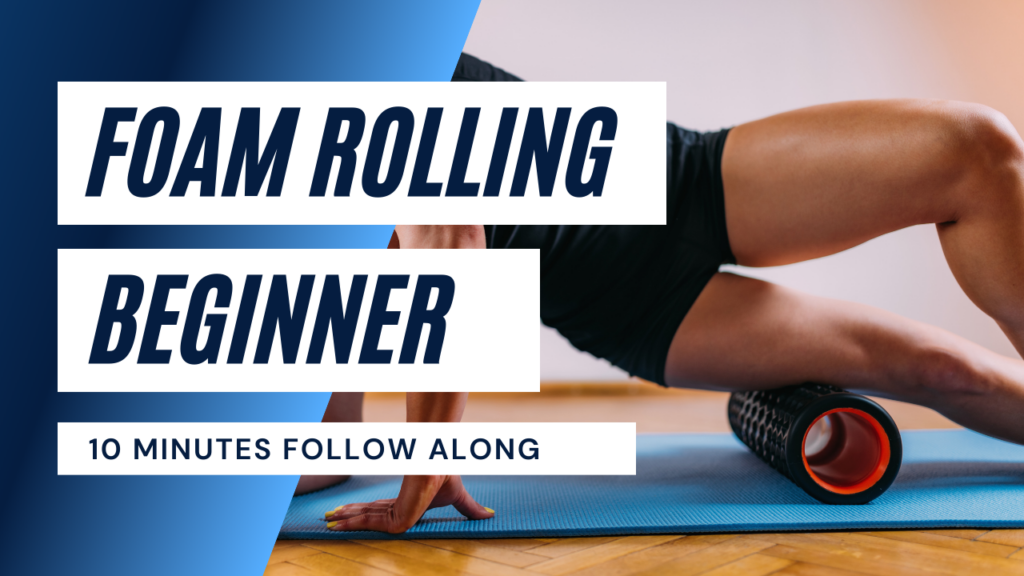
Foam Rolling 101
Foam Rolling, or otherwise, known as myofascial release (the release of fascia, thin connective tissue usually around muscles, including tendons, ligaments, and joints) is often called self-massage or the poor man’s massage. Foam rolling, involves, taking what could be known very large pool noodle type structure of varying lengths and densities, and ‘rolling’ it over various muscle groups of the body, in a form of manual massage therapy. There are other tools used for foam rolling such as hand rollers, balls, and yoga wheels.
Background
According to Physical Culture Study, foam rolling was invented in the 1980s but dates back to the 1920s by Israeli Moshé Feldenkrais who invented the Feldenkrais Method. The Feldenkrais method focuses on re-establishing connections between the motor cortex, and the body to improve body coordination. This method claims that the general connection would then translate to other areas of improvement in one’s life.
Benefits
Foam rolling has shown many benefits, including:
- reduces inflammation
- increases range of motion
- helps with recovery of tissues
- increases performance
- increases blood flow
- reduces pain and soreness
- reduces DOMS (delayed onset muscle soreness)
Foam rolling is a quick and easy way to help repair, recovery the body, under a short time frame, and limited space, and equipment.
Here is a short under 10 mins video on foam rolling for beginners.
General Guidelines
- Foam rolling can be done, as a warmup, cooldown (after your workout), or in the evenings before bed.
- It can be a bit painful at first, especially for tight muscle groups.
- For each exercise, try 10-15 ‘rolls’ per muscle group, and repeat 2-3x as needed.
- ‘Pinching’ is when you feel a sensitive spot or knot, and you sit on it, until the muscle releases.
- Try to foam roll weekly at least 2-3x per week. This should give you better mobility, range of motion, reduce soreness, and a better quality range of motion for your workouts.
- Follow along with the YouTube video below to learn the beginner basics of foam rolling.
Light Density
Medium Density
Hard Density
References
NSCA – Self-myofascial release (SMR) through the use of foam rolling or other implements is a time and cost-efficient method of increasing performance and recovery.
https://www.nsca.com/education/articles/ptq/foam-rolling-for-performance-and-recovery/
WikiPedia – Feldenkrais Method
https://en.wikipedia.org/wiki/Feldenkrais_Method
WikiPedia-Facial Training
https://en.wikipedia.org/wiki/Fascia_training
Physical Culture Study
https://physicalculturestudy.com/2016/02/02/the-history-of-the-foam-roller/

